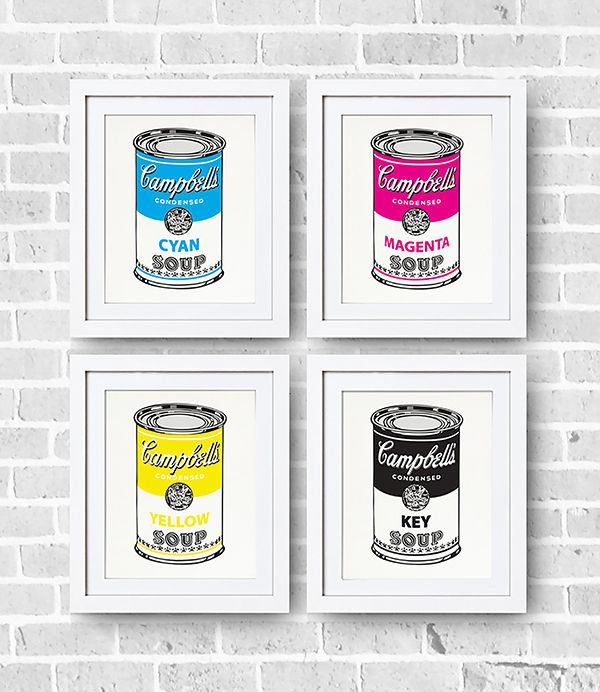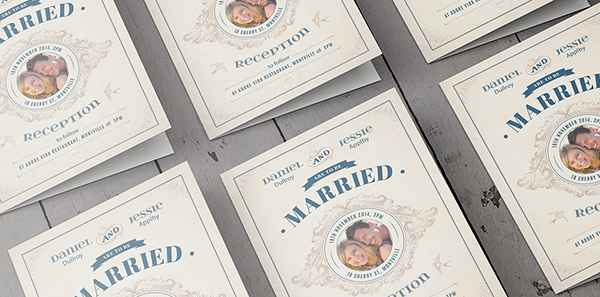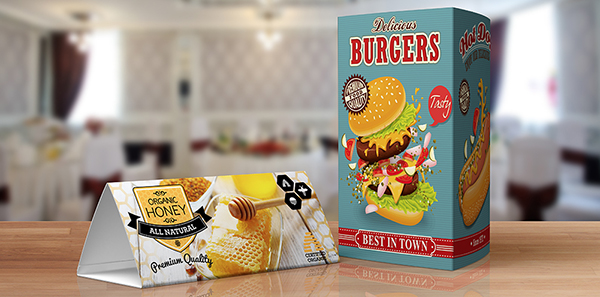Digital and Lithographic Printing methods both offer high quality, affordable printing solutions but which one is best?
What are they?
Lithographic printing is the more traditional method, which involves plates, inks and water which will be absorbed into the paper. Digital is a newer method. This is based on creating the images by using toner which creates a layer on top of the paper.
How do they work?
Lithographic presses work on a four-colour process, CMYK. These will be combined to create a wide spectrum of colour tones. This process uses metals plates and pressured rollers to transfer the image onto the paper, this means that the plates must be made for each design and even if a single character is changed in the design, new plates must be made. The four-colour cylinder process also allows spot colours or Pantones to be used. Digital Presses offer the same range of CMYK colours however; if Pantone colours are required the digital machines are now better than ever at replicating them very closely. Digital printing works without the plates or the use of ink and water. The images are created using toner and results in a quicker drying time and a quicker turnaround.

What are they used for?
Due to the process of making plates and running costs, Lithographic presses are generally used for longer runs of over 1000 copies of your product and the digital presses are used for shorter runs of 1-1000. The lithographic press famously has a much higher image quality than it’s rival the digital press however in recent years the output quality of the digital machines has improved greatly and a vast majority of people will struggle to see any difference. Without the need for plates the digital presses are also perfect for Variable Data printing such as numbered tickets or personalised invitations.
Which is right for you?
If you are looking to produce a run of 100,000 Leaflets for a county-wide marketing scheme, Lithographic printing will be head over heels ahead of Digital Printing in terms of cost efficiency. If you are looking for 200 Flyers for a small local event, digital printing without the costs to produce plates would be a step in the right direction.
Did you know?
- Since 2005 Digital printing accounts for approximately 9% of the 45 trillion pages printed annually around the world.
- Lithography has been around since 1796 the process was revolutionised by the Offset press in the 1870’s.
- Although a relative newcomer to the world of printing, the first digital press celebrated its 20th birthday in 2013.
- The word “lithograph” historically means “an image from stone” or “printed from stone.







